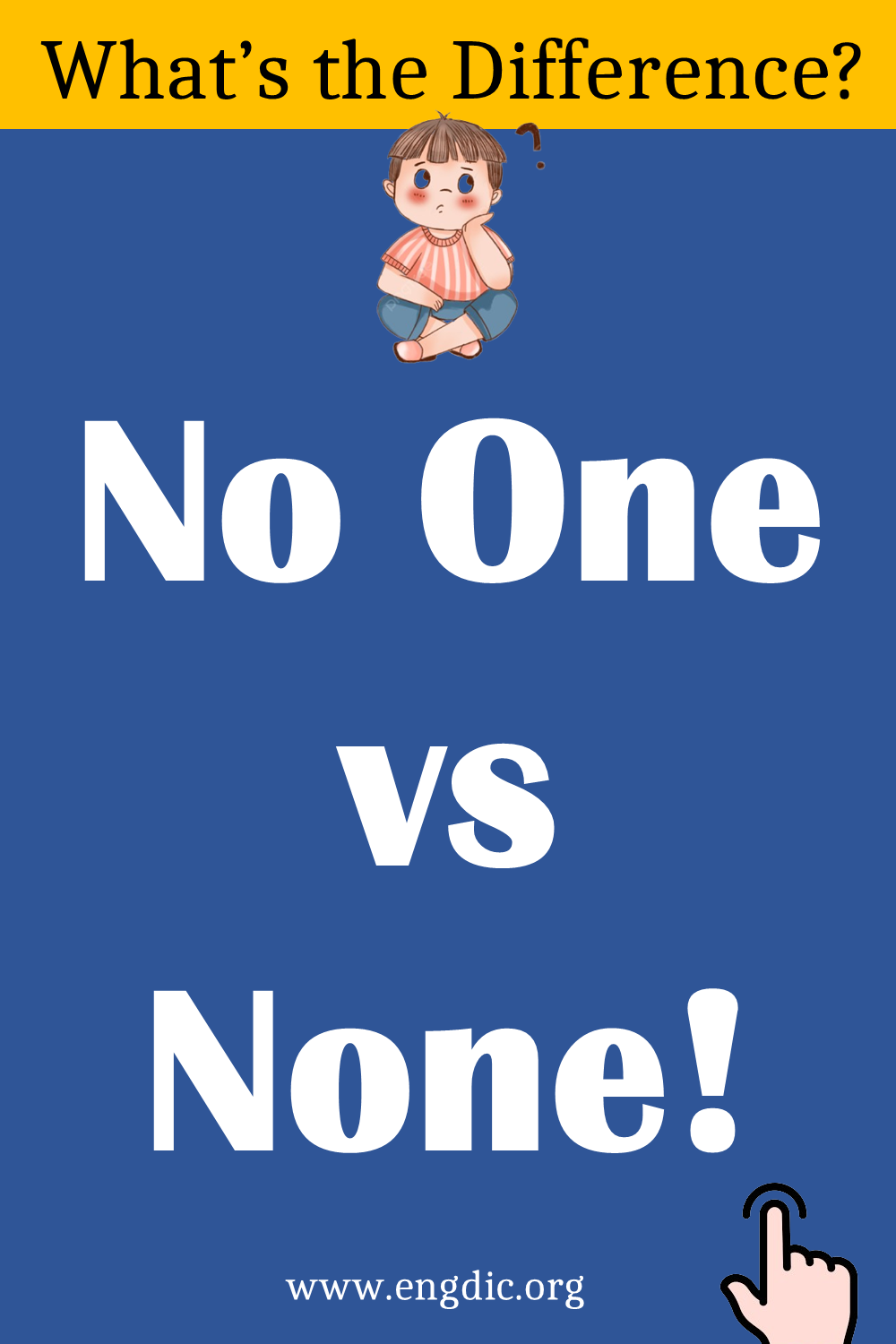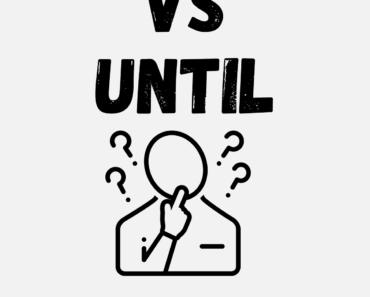When it comes to distinguishing between “no one” and “none,” it’s essential to understand their usage and context in English grammar. Here’s a detailed explanation and some examples to help clarify their differences:
Definitions and Usage
No One:
- Meaning: Refers specifically to people. It means not a single person or nobody.
- Context: Used when speaking about people exclusively. It emphasizes the absence of any individuals in particular scenarios.
- Example: “No one knew the answer to the complex puzzle.”
None:
- Meaning: Means not one, not any, or not at all. It can refer to people, but it is also applicable to things or amounts.
- Context: Used more broadly than “no one.” It can apply to groups of people, quantities, or elements in a set.
- Example (people): “None of those present raised their hand.”
- Example (things): “I wanted cookies, but there were none left.”
Key Differences
- Specificity in Reference:
- No one is specific to individuals and cannot be used for objects or abstract concepts.
- None is versatile and can be used to indicate the absence of people, objects, or quantities.
- Formal vs. Informal Usage:
- No one tends to appear more in formal or structured sentences.
- None can be used both formally and informally, adapting easily to different contexts.
- Grammatical Construction:
- No one always acts as a pronoun standing in for persons.
- None can act as a pronoun for people, quantities, or objects and can occasionally function as an adjective in certain constructions (e.g., “none other”).
Conclusion
The choice between “no one” and “none” depends largely on the context and the specificity required in referring to people or objects. Remembering that “no one” exclusively refers to people and “none” can refer to both people and things helps in deciding which to use when writing or speaking.







